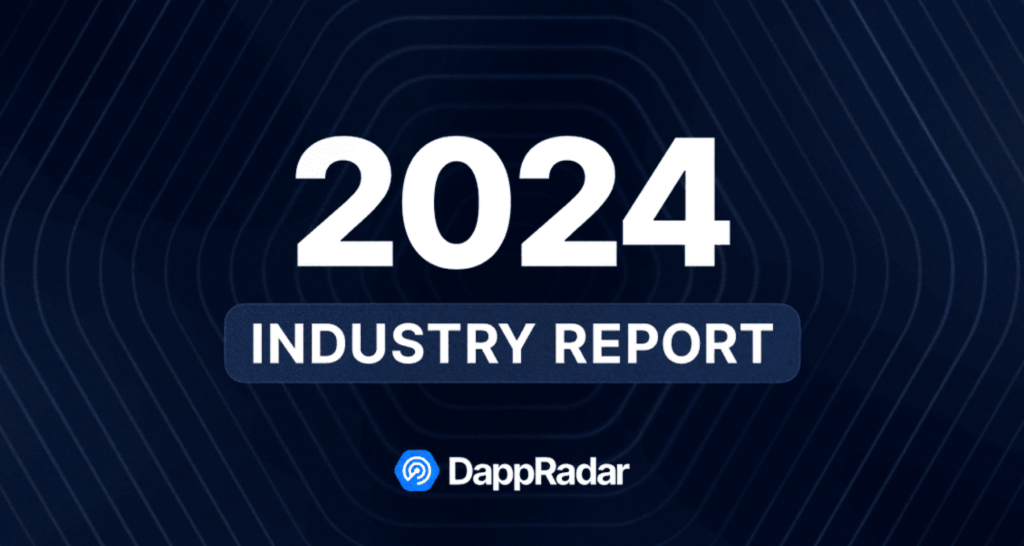White House Proposes Tax on Crypto Mining

The US budget for fiscal year 2024 is poised to foster economic development, trim household expenses, and improve healthcare and social security. Among the novel provisions in the proposal is the DAME, an excise tax on energy consumption related to digital assets mining.
On this page
The implementation of the DAME (Digital Asset Mining Energy) tax is a rational affirmation of the U.S. President's consistent policy to tackle the challenges and hazards linked to cryptocurrency mining's economic and ecological expenditures. The tax will be gradually enforced over three stages, commencing at 10% during the first year and escalating to 20% during the second year. It will culminate in 30% during the third year after the pertinent legislation's enactment. As a result, in the upcoming decade, digital asset miners will be obliged to remunerate local communities and environmental organizations with a sum of up to $3.5 billion via the tax.
According to the President's economic report, the issuance of virtual assets has tangible effects on both the economy and the environment. DAME is designed to ensure that mining companies take responsibility for the harm caused by the mining process to society. This includes, but is not limited to, environmental pollution, the forced rise in electricity costs, and the global impact of greenhouse effects on the climate.
The energy consumption statistics of various equipment in 2022 demonstrate that cryptocurrency mining is in the same league as residential lighting and TV power consumption, surpassing freezers, fans, pumps, washing machines, and dishwashers. Despite this, mining companies do not currently compensate local communities for their intensive use of resources.
What adverse impacts does miners' electricity consumption have on power grids, the environment, and the quality of life of the population? The White House outlines the negative repercussions of mining:
- Localized environmental pollution, predominantly in regions inhabited by communities of color and low-income individuals;
- Overloading of power grids due to intensive and unstable consumption, posing risks to operational maintenance and specialists' safety;
- An increase in electricity bills for consumers;
- The decrease in alternative energy sources for enterprises in other sectors and their reliance on polluting energy resources;
- Due to mining's geographic mobility and the lack of a reliable business model, electricity providers who modify production to satisfy miners' needs face additional financial risks.
Mining does not offer economic or social benefits for local communities or energy infrastructure, so the White House aims to establish transparent industry regulations at the national level. The DAME excise tax is one of the measures that will ensure responsible development of the crypto industry. It will also mitigate risks to financial stability throughout the country.
The content on The Coinomist is for informational purposes only and should not be interpreted as financial advice. While we strive to provide accurate and up-to-date information, we do not guarantee the accuracy, completeness, or reliability of any content. Neither we accept liability for any errors or omissions in the information provided or for any financial losses incurred as a result of relying on this information. Actions based on this content are at your own risk. Always do your own research and consult a professional. See our Terms, Privacy Policy, and Disclaimers for more details.


























